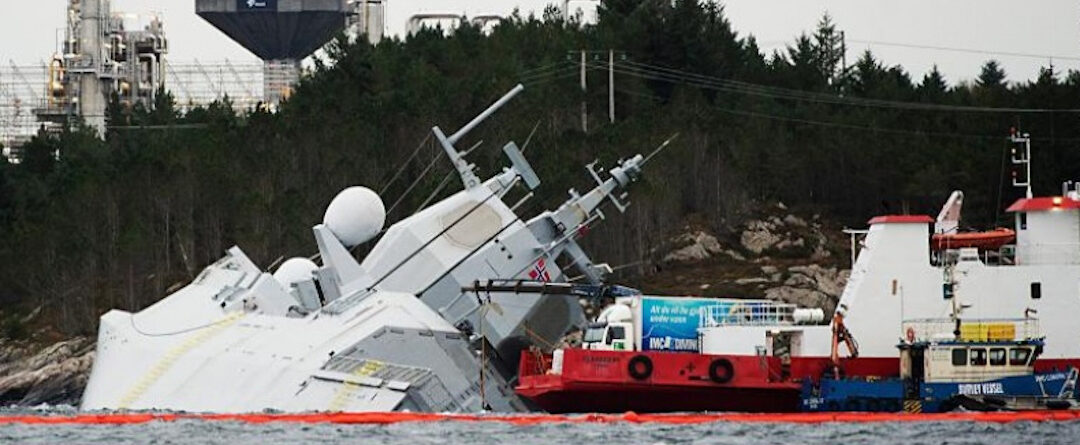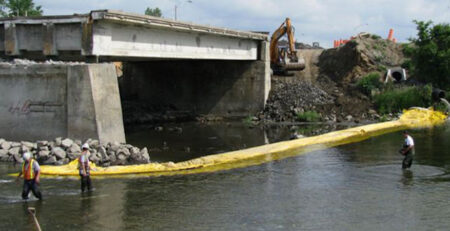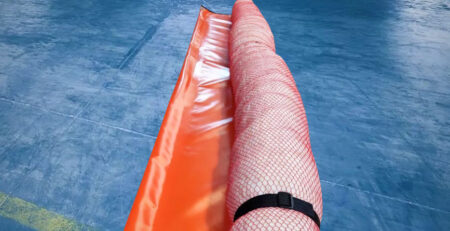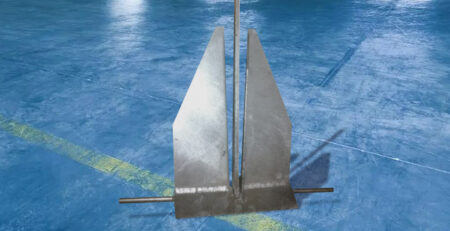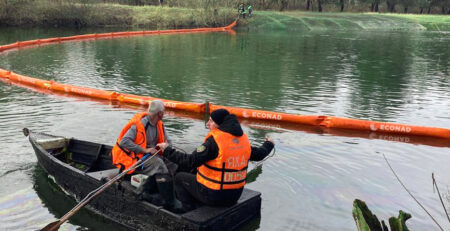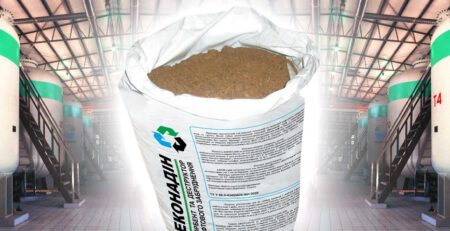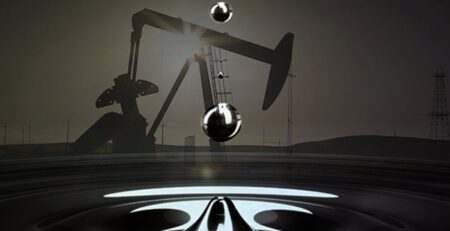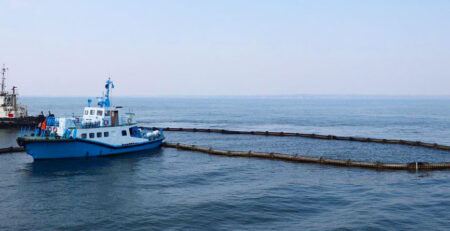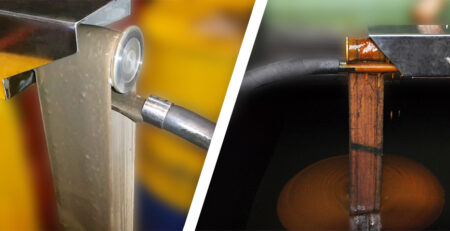International Regulations for Preventing Collisions at Sea PART A
International Regulations: Part A
General Provisions
Rule 1. APPLICATION
- These Regulations shall apply to all vessels on the high seas and connected waters on which seagoing vessels may navigate.
- Nothing in these Regulations shall preclude the operation of special rules laid down by the appropriate authorities concerning navigation in the waters of roads, ports, rivers, lakes or inland waterways connected with the open sea on which seagoing vessels may navigate. Such special rules shall be as close as possible to these Regulations.
- Nothing in these Regulations shall preclude the operation of any special regulations made by the Government of any country concerning additional fixed or signal lights, signs or sound signals for warships and ships in convoy, or additional fixed or signal lights or signs for fishing vessels engaged in fishing in a flotilla. These additional or fixed or signal lights, signs or sound signals shall, as far as possible, be such that they cannot be mistaken for one of the lights, signs or signals laid down in these Regulations.
- Traffic separation systems may be adopted by the Organization for the purposes of these Regulations.
- In every case where the Government concerned decides that a ship, by reason of its special design or purpose, cannot, without impeding its special functions, comply fully with the provisions of any of these Regulations as to the number, position, range or sector of visibility of lamps or signs and the position and characteristics of sound-signalling devices, such ship shall comply with such other requirements as to the number, position, range or sector of visibility of lamps or signs and the position and characteristics of sound-signalling devices.
Rule 2: RESPONSIBILITY
- Nothing in these Rules shall relieve the ship, its owner, master or crew from liability for its consequences which may arise from failure to comply with these Rules or from neglect of any precaution required by normal maritime practice or the special circumstances of the case.
- In interpreting and applying these Rules, due regard shall be had to all hazards of navigation and the risk of collision and to all special circumstances, including the characteristics of the ships themselves, which may make it necessary to depart from these Rules in order to avoid immediate danger.
Rule 3: GENERAL DEFINITIONS
In these Rules, where the context does not require a different interpretation:
- The word “vessel” means all types of watercraft, including non-displacement vessels and seaplanes, used or capable of being used as a means of transportation on water.
- The term “mechanically propelled vessel” means any vessel propelled by a mechanical plant.
- The term “sailing vessel” means any vessel under sail, including one having a mechanical rig, provided it is not in use.
- The term “vessel engaged in fishing” means any vessel fishing with nets, longline hook gear, trawls or other gear that limits its maneuverability, but does not apply to a vessel fishing with towed hook gear or other gear that does not limit the maneuverability of the vessel.
- The word seaplane means any aircraft capable of
maneuvering on water. - The term “unseaworthy vessel” means a vessel which, due to some exceptional circumstances, is unable to maneuver as required by these Rules and therefore cannot give way to another vessel.
- The term “vessel restricted in maneuverability” means a vessel which, by the nature of her work, is restricted in her ability to maneuver in the manner required by these Rules, and therefore cannot step in the way of another vessel.
The term “vessel restricted in her ability to maneuver” covers (but does not exhaust) the following vessels:- vessel engaged in placing, maintaining or removing a navigation mark, laying, inspecting or raising a submarine cable or pipeline;
- vessel engaged in dredging, oceanographic, hydrographic or underwater work;
- vessel engaged in replenishing supplies or transferring men, food or cargo while underway;
- vessel engaged in providing for the take-off or reception of aircraft;
- vessel engaged in mine clearance operations;
- vessel engaged in a towing operation which substantially limits the ability of the towing and towed vessels to deviate from their course.
- The term “draught constricted vessel” means a mechanically propelled vessel which, because of the relationship between its draught and available depths, is substantially limited in its ability to deviate from the course it is following.
- The term “underway” means that the vessel is not anchored, moored to shore or aground.
- The words “length” and “breadth” of a vessel mean its greatest length and breadth.
- Vessels should be considered to be in sight of each other only when one can be visually observed from the other.
- The term “limited visibility” means any condition in which visibility is limited due to fog, haze, snowfall, heavy rainfall, sandstorm, or some other similar reason.
International Regulations: Part B – https://econadin.com/en/international-regulations-for-preventing-collisions-at-sea-part-b/

